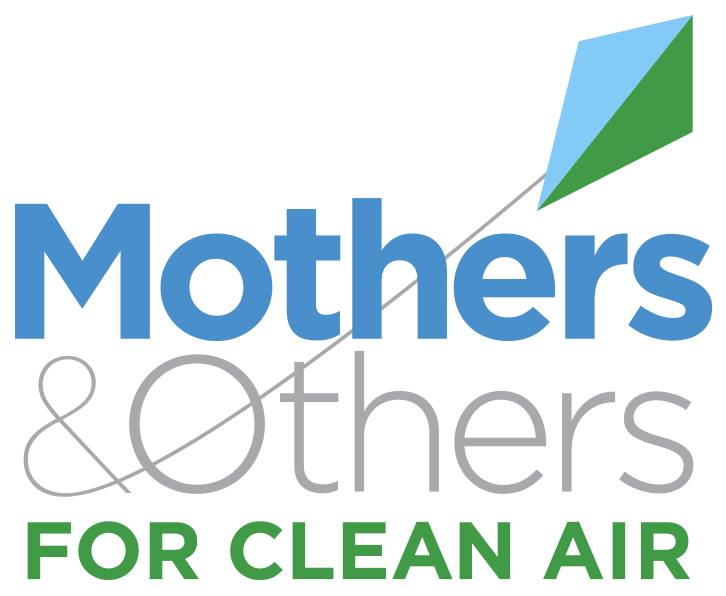Epidemiologic studies can measure exposure to volatile organic compounds (VOCs) using environmental samples, biomarkers, questionnaires, or observations. These different exposure assessment approaches each have advantages and disadvantages; thus, evaluating relationships is an important consideration. In the National Children’s Vanguard Study from 2009 to 2010, participants completed questionnaires and data collectors observed VOC exposure sources and collected urine samples from 488 third trimester pregnant women at in-person study visits. From urine, we simultaneously quantified 28 VOC metabolites of exposure to acrolein, acrylamide, acrylonitrile, benzene, 1-bromopropane, 1,3-butadiene, carbon disulfide, crotonaldehyde, cyanide, N,N-dimethylformamide, ethylbenzene, ethylene oxide, propylene oxide, styrene, tetrachloroethylene, toluene, trichloroethylene, vinyl chloride, and xylene exposures using ultra high performance liquid chromatography coupled with an electrospray ionization tandem mass spectrometry (UPLC-ESI/MSMS) method. Urinary thiocyanate was measured using an ion chromatography coupled with an electrospray ionization tandem mass spectrometry method (IC-ESI/MSMS). We modeled the relationship between urinary VOC metabolite concentrations and sources of VOC exposure. Sources of exposure were assessed by participant report via questionnaire (use of air fresheners, aerosols, paint or varnish, organic solvents, and passive/active smoking) and by observations by a trained data collector (presence of scented products in homes). We found several significant (p < 0.01) relationships between the urinary metabolites of VOCs and sources of VOC exposure. Smoking was positively associated with metabolites of the tobacco constituents acrolein, acrylamide, acrylonitrile, 1,3-butadiene, crotonaldehyde, cyanide, ethylene oxide, N,N-dimethylformamide, propylene oxide, styrene, and xylene. Study location was negatively associated with the toluene metabolite N-acetyl-S-(benzyl)-L-cysteine (BMA), and paint use was positively associated with the xylene metabolites 2-methylhippuric acid (2MHA) and 3-Methylhippuric acid & 4-methylhippuric acid (3MHA + 4MHA). A near-significant (p = 0.06) relationship was observed between acrylamide metabolites and observation of incense.
Published Mar 29, 2016
Boyle, E. B., Viet, S. M., Wright, D. J., Merrill, L. S., Alwis, K. U., Blount, B. C., Mortensen, M. E., Moye, J., & Dellarco, M. (2016). Assessment of exposure to VOCs among pregnant women in the national children’s study. International Journal of Environmental Research and Public Health, 13(4). https://doi.org/10.3390/ijerph13040376
